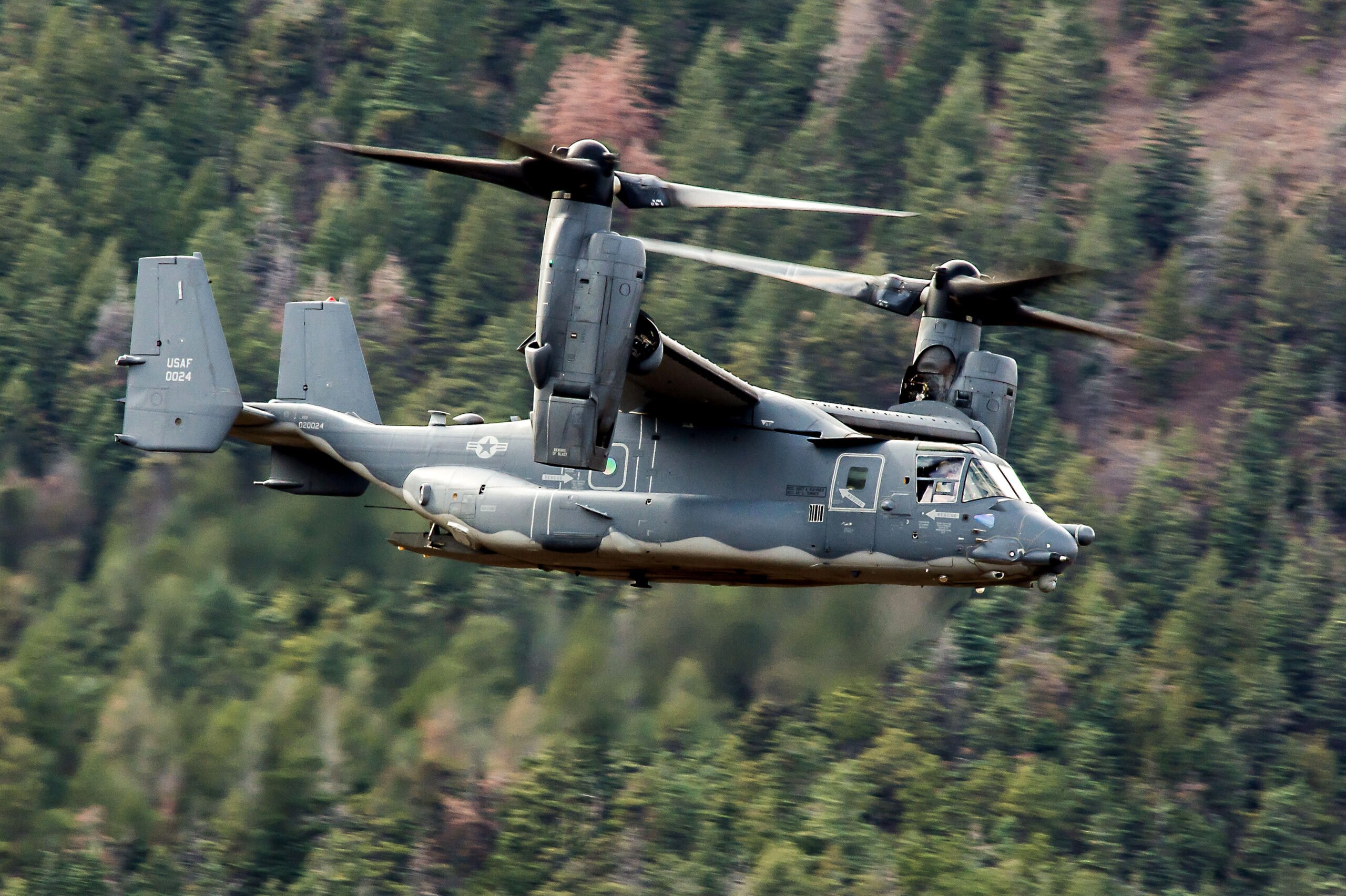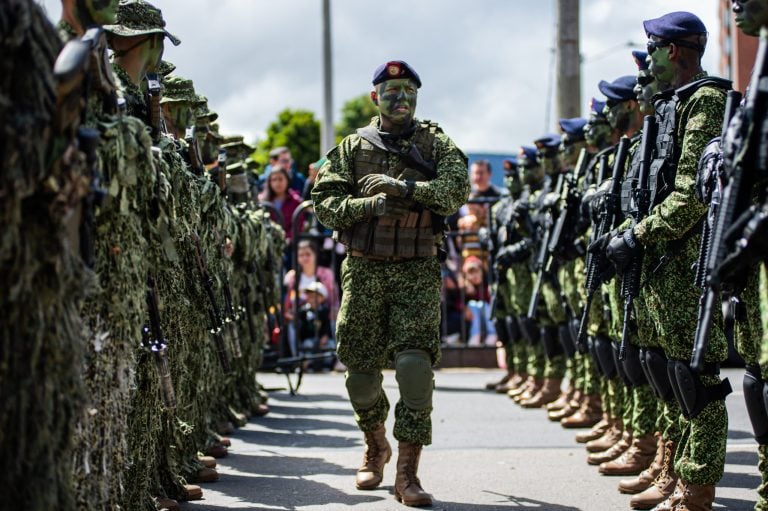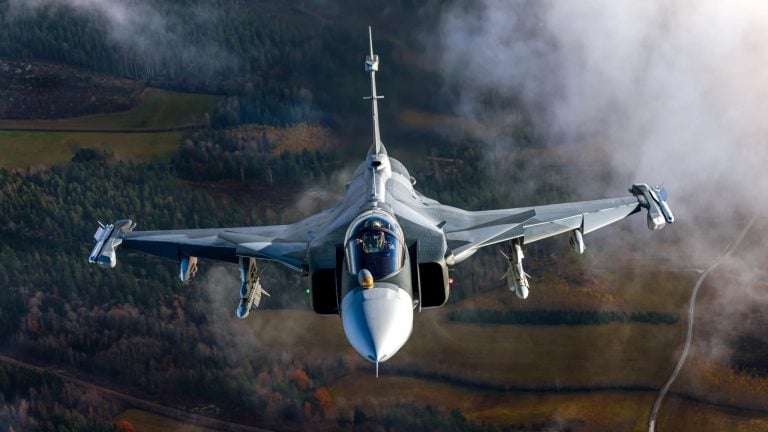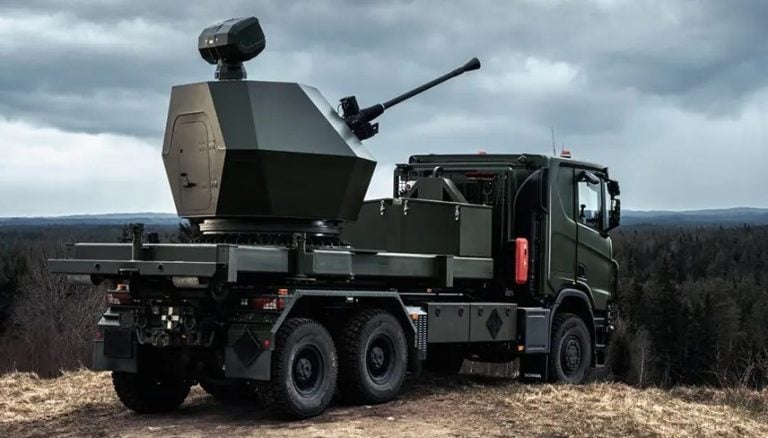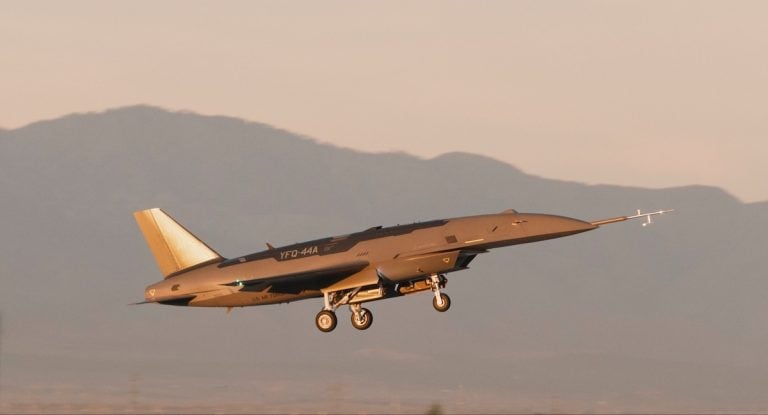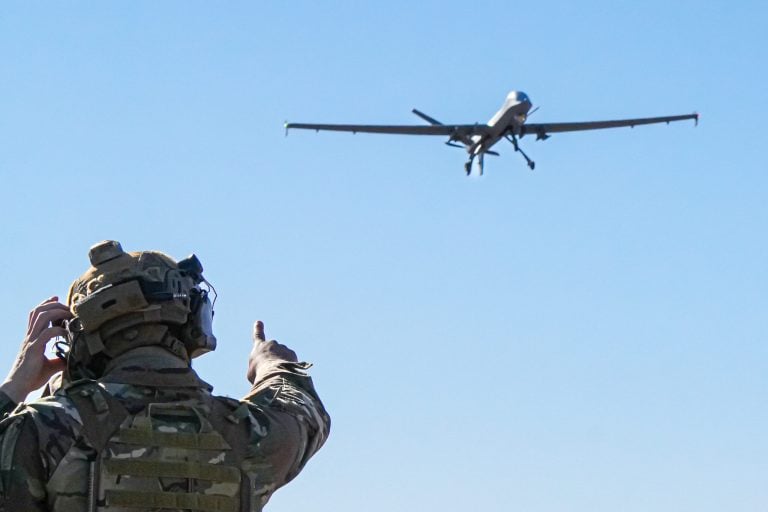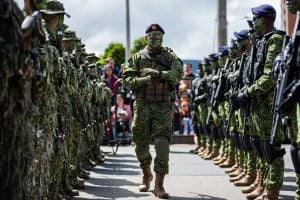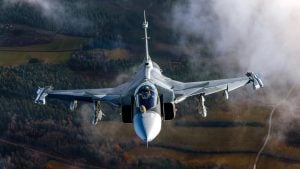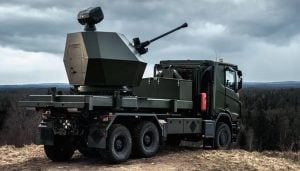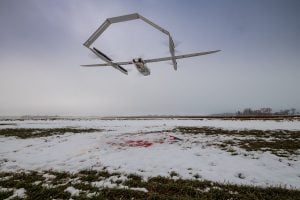Aerospace leaders Bell and Boeing have made significant strides in their military aviation efforts by announcing the production of the final CV-22 Osprey aircraft. This development marks a crucial milestone in the Program of Record (POR), which is set to reach completion in the coming months. The final unit is being assembled at Bell’s facility in Amarillo, Texas, and is poised for deployment in special operations missions. These missions often call for the advanced speed and range capabilities that the CV-22 uniquely offers, making it an invaluable asset to the U.S. military.
Following the project’s conclusion, Team Osprey, a collaborative effort between Bell and Boeing, will remain engaged in providing ongoing support for the CV-22 variant. This will include implementing necessary sustainment measures and upgrades to enhance performance and longevity for the airframes in service.
Boeing’s Vice President of Defense, Space & Security – Vertical Lift, Kathleen Jolivette, emphasized the significance of the CV-22 Osprey, stating that it embodies the commitment of everyone involved in its development. The Osprey is regarded as a groundbreaking aircraft, delivering capabilities essential for the U.S. Air Force and beyond.
In addition to the CV-22, Bell and Boeing are also in production of new variants, such as the MV-22 and CMV-22, which are tailored for the U.S. Marine Corps and Navy, respectively. These additional models reflect the ongoing evolution and diversification of the Osprey platform.
The Osprey has undertaken various substantial missions recently. Notably, it played a role in the U.S. Air Force Special Operations Command’s counter-terrorism efforts and successfully executed an evacuation mission in 2020, removing 194 individuals from the U.S. Embassy in Baghdad, Iraq. After a brief suspension of operations due to a tragic incident in 2023 resulting in the loss of eight airmen from an Osprey crash in Japan, the aircraft has since resumed flight operations. The U.S. Air Force confirmed that extensive maintenance and procedural training were implemented to ensure the safety and reliability of the aircraft moving forward.
